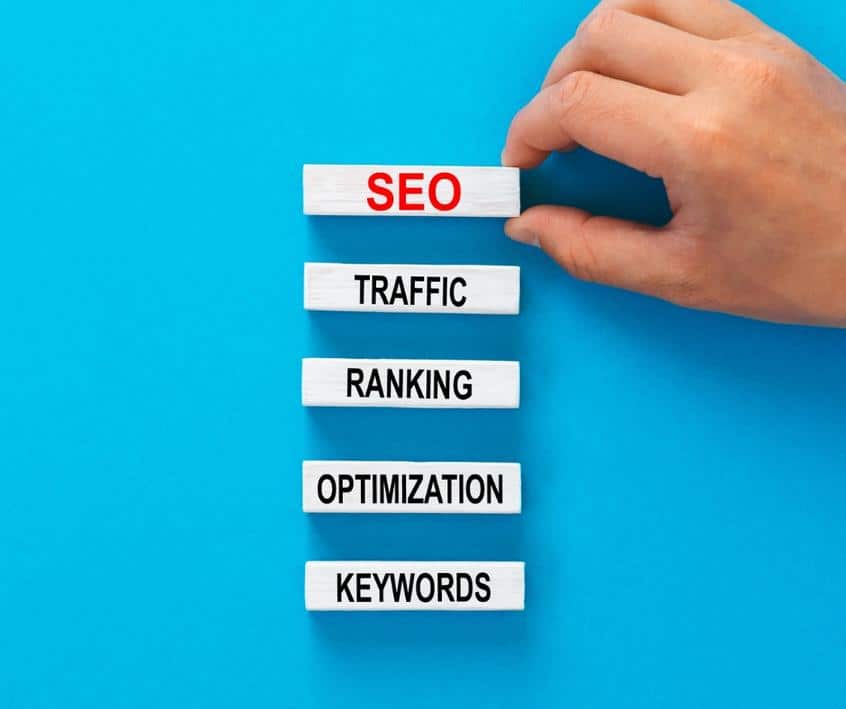Search Engine Optimization (SEO) is the practice of optimizing your website to improve its visibility…
HTML Headings and SEO – A Beginner’s Guide
Demystifying Headings: A Beginner’s Guide to Improving Your Website’s SEO
Have you ever stumbled upon a webpage with text that seems oddly formatted, with different sections appearing disjointed or difficult to follow? Chances are, improper use of headings may be to blame.
In the realm of web design and search engine optimization (SEO), headings play a crucial role in organizing content, enhancing readability, and signaling the hierarchy of information. Yet, their importance is often overlooked or misunderstood by novice website creators. In this user-friendly guide, we’ll unravel the mysteries of headings, explaining what they are, why they matter for SEO, and how to use them correctly to optimize your website’s performance.
Understanding Headings: What Are They and Why Do They Matter?
Headings, denoted by HTML tags such as <h1>, <h2>, <h3>, etc., are used to structure and organize content on web pages. Think of headings as signposts that guide readers through your content, breaking it into digestible sections and highlighting key points. From a visual standpoint, headings also help differentiate text by varying font sizes and styles, making it easier for readers to scan and navigate your content.
In the realm of SEO, headings serve a dual purpose. Firstly, they provide search engines like Google with valuable context about the content of your page, helping them understand the main topics and themes covered. Secondly, headings contribute to a positive user experience by improving readability and accessibility, particularly for users who skim or scan content to find relevant information quickly.
Best Practices for Using Headings Correctly:
- Hierarchy Matters:
- Headings follow a hierarchical structure, with <h1> representing the main heading of the page and subsequent headings (<h2>, <h3>, etc.) indicating subheadings of decreasing importance.
- Avoid skipping heading levels or using headings out of sequence, as this can confuse both readers and search engines.
- One <h1> Per Page:
- Each web page should have only one <h1> heading, which serves as the main title or headline of the page.
- The <h1> heading should accurately reflect the main topic or purpose of the page, providing a concise summary of its content.
- Use Subheadings Appropriately:
- Utilize <h2> headings to divide your content into major sections or topics, providing a clear structure for readers to follow.
- Use <h3> headings to further subdivide content within <h2> sections, if necessary, and continue this pattern for deeper levels of hierarchy.
- Keep It Relevant:
- Ensure that your headings accurately reflect the content of the sections they precede, providing readers and search engines with clear signals about the topics covered.
- Avoid using headings solely for stylistic purposes or to adjust font sizes, as this can lead to confusion and detract from the readability of your content.
- Optimize for Keywords:
- Incorporate relevant keywords naturally into your headings, as this can help improve your page’s visibility in search engine results for those terms.
- However, prioritize clarity and readability over keyword density, ensuring that your headings remain informative and engaging for readers.
Conclusion: Elevate Your Website’s SEO with Proper Heading Usage
In summary, headings are a foundational element of web design and SEO, serving as essential markers of content structure and relevance. By using headings correctly and adhering to best practices, you can enhance the readability, accessibility, and search engine visibility of your website’s content.
So, the next time you create or update a webpage, remember the importance of headings and their role in optimizing your online presence for both users and search engines alike.

